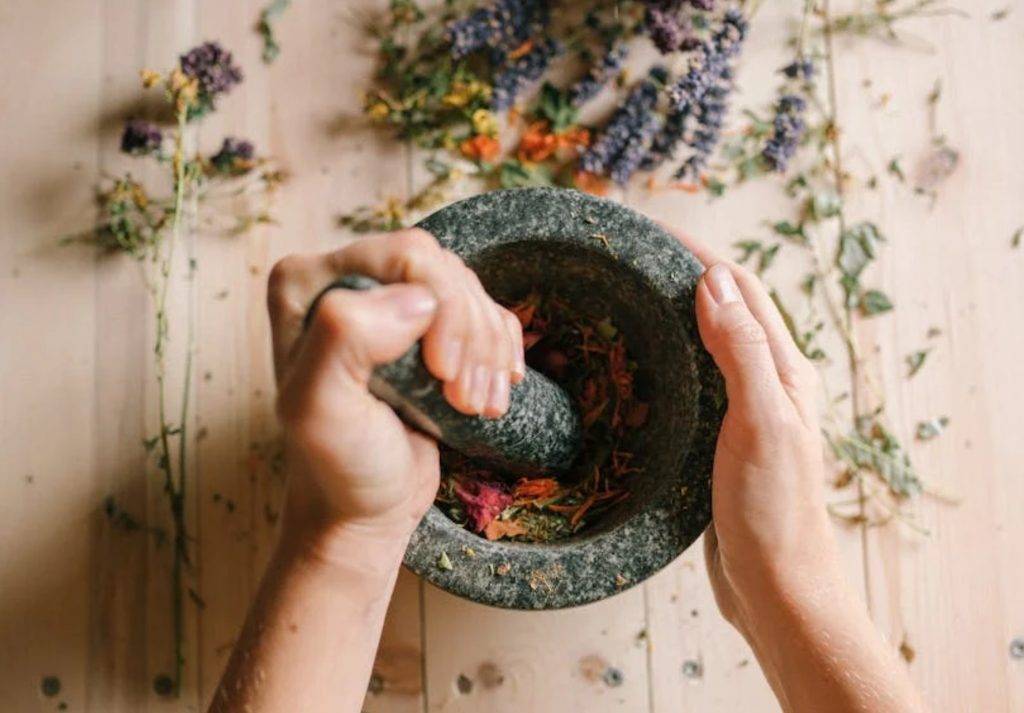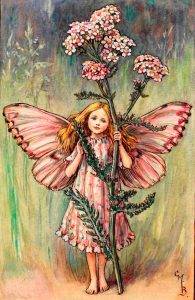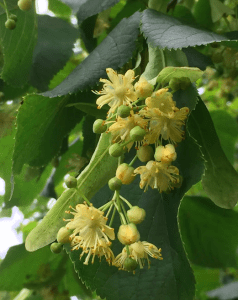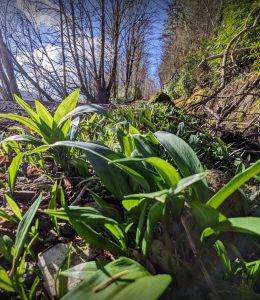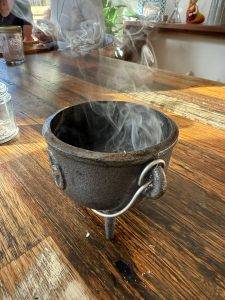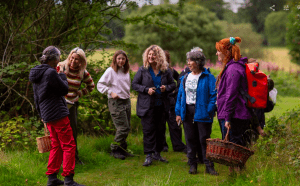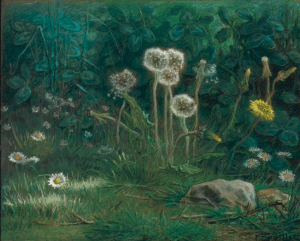Incense is valued for its ability to create a calming atmosphere, enhance mindfulness and for medicinal benefits. It’s also surprisingly easy to make it yourself.
The History and Cultural Significance of Incense
The origins of incense date way back to ancient civilisations, including Egypt, India, China and Mesopotamia. We all know the story of the three wise men who brought the resins Frankincense and Myrrh as gifts for the baby Jesus. Resins like these were used in religious ceremonies and it was thought that they helped to connect the spiritual and physical realms.

Medicinal Benefits of Incense Burning
Did you know that heating plants and resins releases volatile phtyochemicals that can be used for a variety of therapeutic purposes. Aromas can trigger physical responses, encouraging relaxation, aiding sleep, improving concentration, stimulating creative activity and increasing motivation or sexual desire.
More than an aid to meditation and ceremony, blending plants and tree resins into incense can create powerful physiological benefits.
Stress Reduction and Mental Clarity
Hawthorn blossom, Lavender, Rose and Frankincense have been shown to reduce stress and anxiety. The scents of these and other plants promote relaxation by stimulating the limbic system, that part of the brain responsible for emotions and memory. Studies suggest that inhaling the essential oils of these plants can lower levels of the stress hormone, cortisol.

Respiratory Benefits
Some plants used in incense have decongestant properties. Pine, Eucalyptus, Spruce and Fir could all be used to help clear nasal passages and improve respiratory health. Conifers are widely used in herbal medicine to treat coughs and colds, although, a word of caution here. If you’re not making your own respiratory incense, make sure you are using high quality natural incense to avoid breathing in any nasty synthetic chemicals that could irritate the lungs.

Antibacterial and Air-Purifying
Plants such as Sage, Thyme, Rosemary, Pine, Frankincense and Mugwort have antimicrobial properties that help cleanse the air of bacteria and viruses. Scientific studies have found that burning certain plant resins and foliage can significantly help reduce airborne pathogens, making incense a natural way to purify indoor spaces.
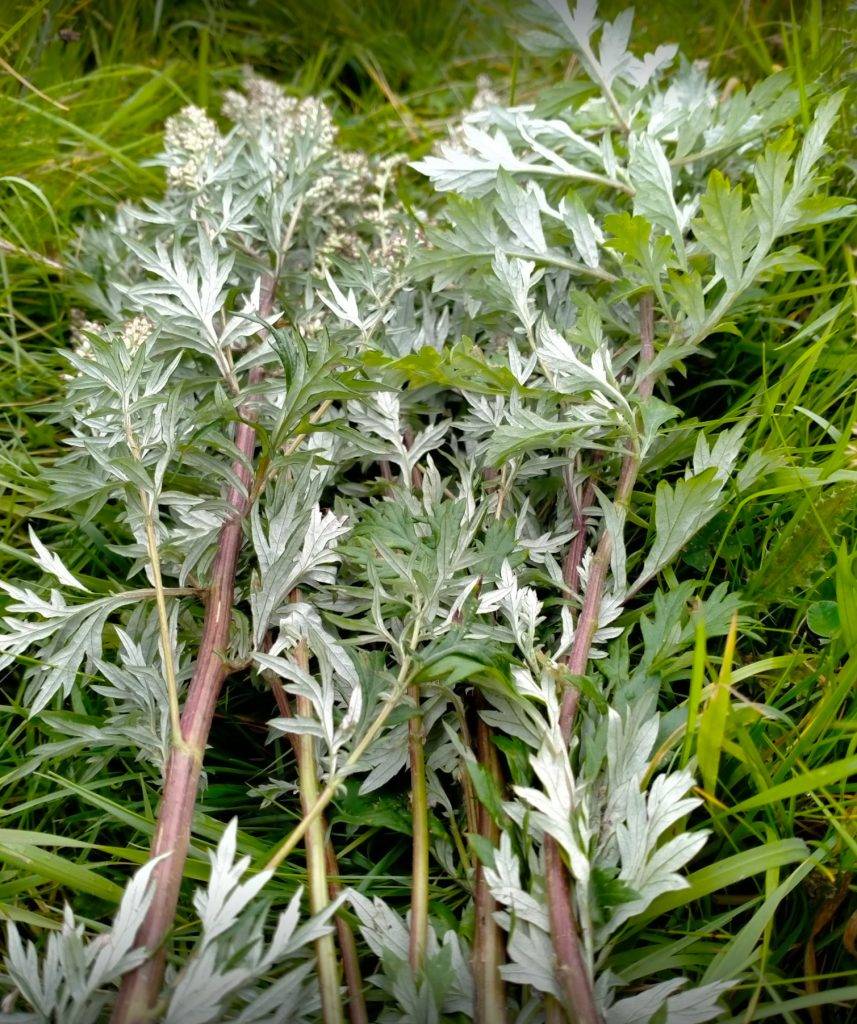
Improved Sleep and Relaxation
Plants such as Chamomile, Sandalwood, Lavender, Rose and Jasmine can promote restful sleep. The calming effects of these herbs can ease insomnia and encourage deeper relaxation before bedtime.
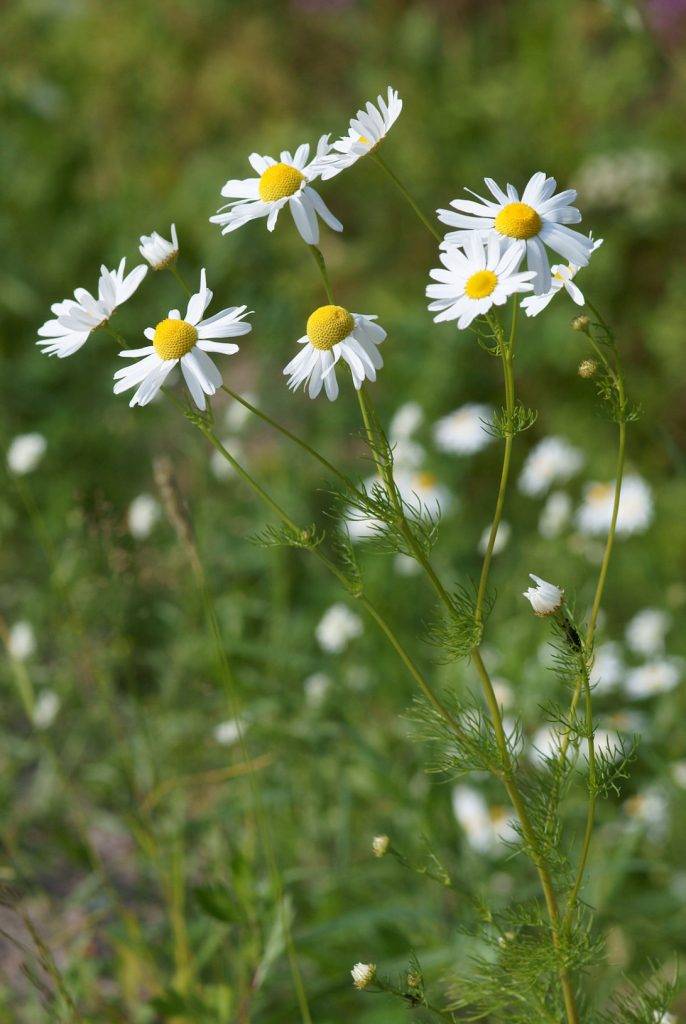
Making your own incense is actually very easy. You can choose any aromatic herbs, just make sure they’re not toxic to eat or inhale, so do your research first.
The following incense is to help aid sleep and relaxation (credit to The Seed Sistas). All of the ingredients are readily available online, or if you have Jasmine, Rose and Vervain growing in your garden, you can gather them yourself.
Most of the following aromatics are found to be relaxing, but they also support the restorative cycle of proper sleep patterns.
Ingredients
Frankincense 4 parts
Frankincense is good for soothing heightened nerves. Helps to quiet the mind and deepen sleep. Also anti-inflammatory and pain relieving. It’s a good herb for treating physical stress brought on by anxiety.
Try and do your homework when buying Frankincense resin and check it’s coming from sustainable sources.
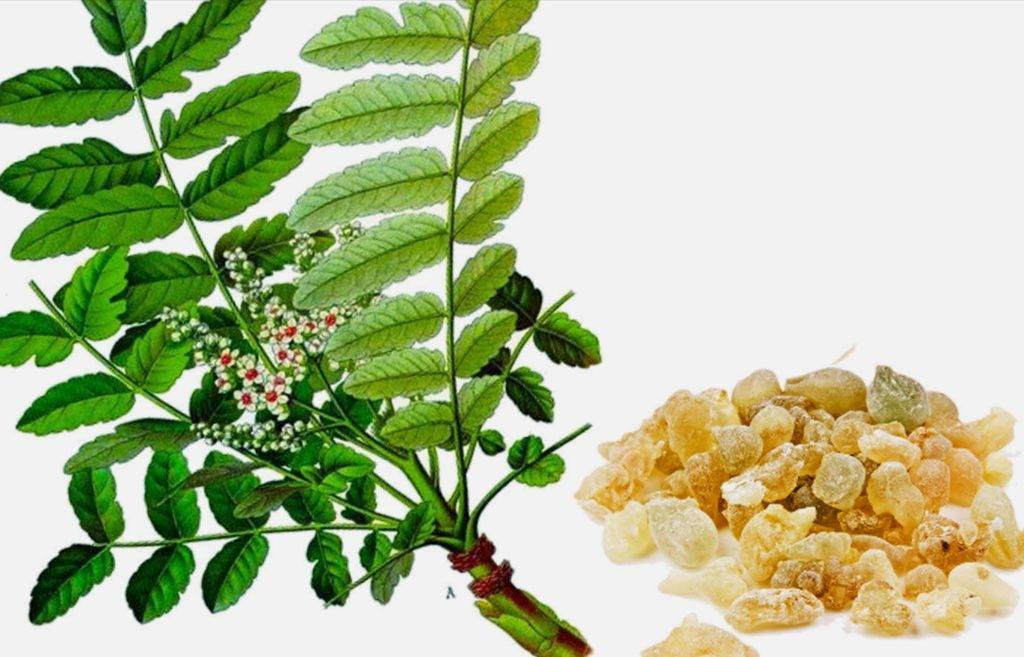
Vervain 1 part
Vervain is a member of the Mint family (Lamiaceae), and alleviates tension, helps lift depression, lethargy, irritability and other symptoms associated with stress. Vervain is a good remedy for a tension headache when taken as a tea, although it is quite bitter and is easier to drink sweetened with honey and lemon. It’s also perfect to add a pinch of protection and purification in the smoke.
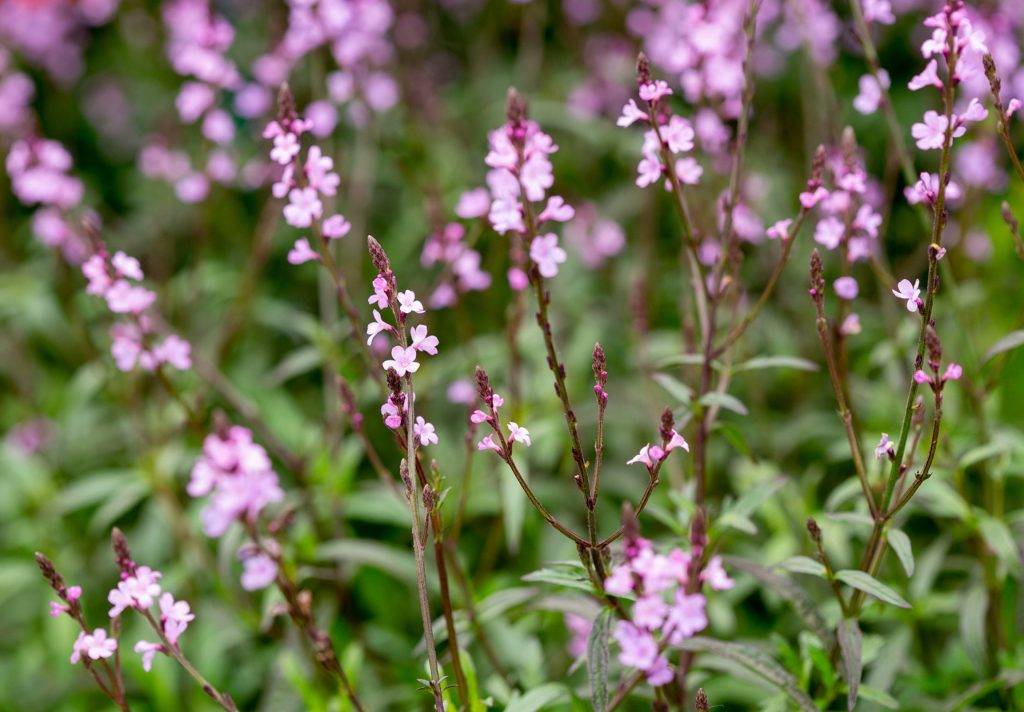
Jasmine Blossom 1 part
German studies have found the scent of Jasmine is as effective as Valium and similar drugs, for relieving anxiety and promoting sleep, making Jasmine the perfect sleep aid. Jasmine fragrances have the same neurochemical action as barbiturates, resulting in a gentle uplifting way to fall asleep.
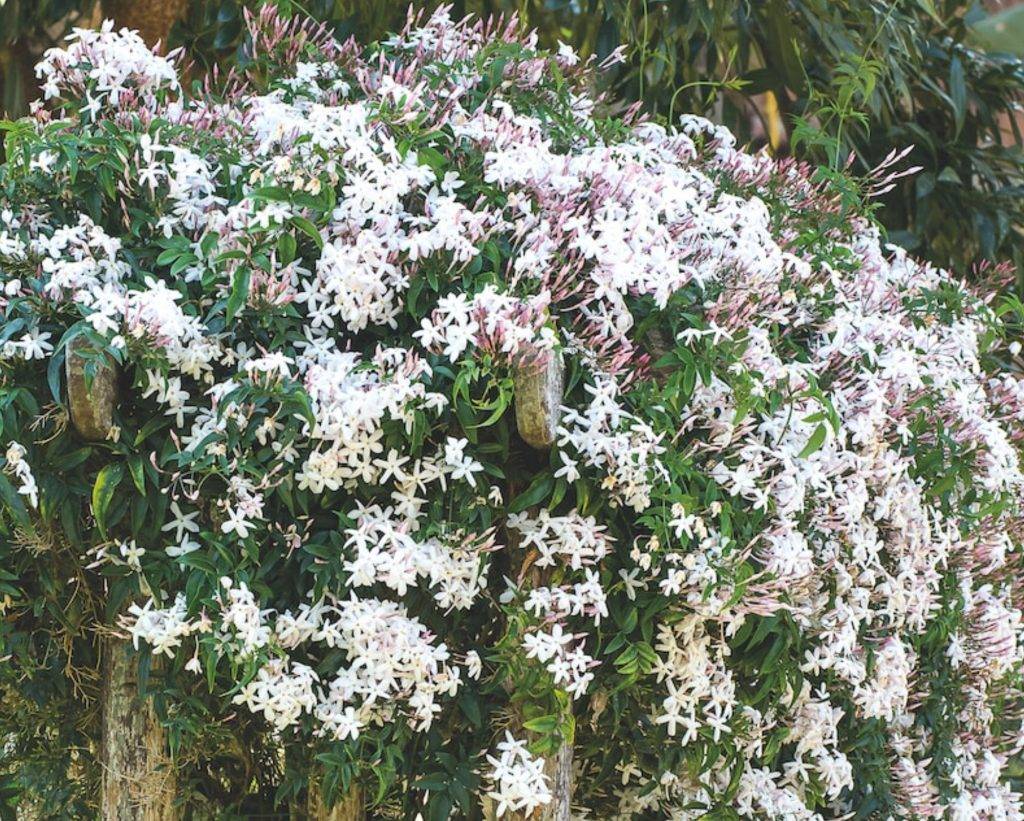
Rose 1 part
Rose is possibly one of my favourite plants because not only does it smell and taste amazing, but also has so many medicinal benefits to us Humans. Researchers discovered the volatile oils that create the scent of Roses contain the highest electro magnetic frequency of any plant. The effect of this frequency on the Human brain has many profound and positive impacts, which are too long for me to go into here. For the purposes of our incense recipe, not only does the scent of Roses help you sleep, but it also helps to promote memory capacity, as you sleep. Plant power in action!
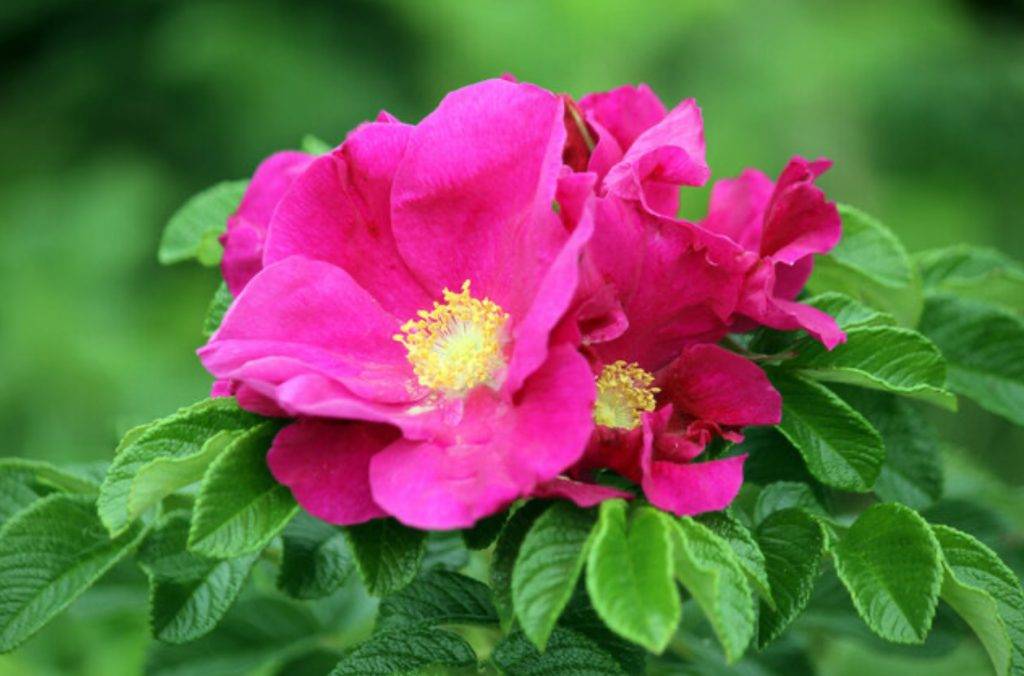
Equipment
Pestle and mortar or a herb grinder. I actually use both, so that I don’t ruin my herb grinder by putting in hard lumps of resins or woody plant material. I usually pound with the pestle first and add to the grinder afterwards.
Spoons for measuring.
A small jam jar with a lid. I never make large batches because as soon as you blitz plants into a powder, they start to degrade and leach out their wonderful aromatics.
Label.
Charcoal disks. You can buy these online.
Instructions
Grind your ingredients as finely as you can, using a pestle and mortar or a herb grinder. You want to aim for the consistency of coarse sand if possible.
Store in your jar and label.
To use, light your charcoal disk on a heat proof dish (brass or cast iron preferably), and sprinkle small amounts of your incense over the lit disk. Enjoy the fragrant and relaxing smoke.
As a caution, always light your incense in a well ventilated room
